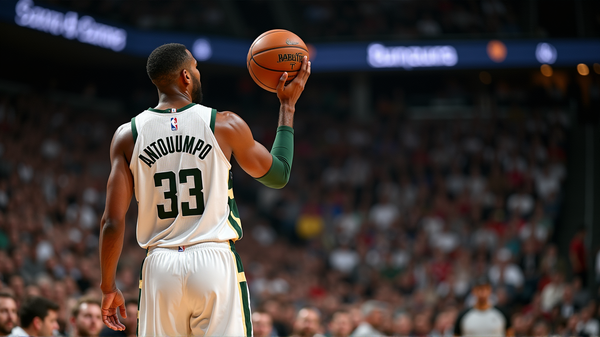Unlocking the Financial Wisdom of 'Rich Dad Poor Dad'
Introduction to the Financial Tug-of-War
Imagine being raised under two contrasting philosophies about money: one where education is king but financial literacy is throne-less, and another where making your money work for you reigns supreme. This is the essence of Robert Kiyosaki’s “Rich Dad Poor Dad,” where life’s crucial lessons about wealth creation unfold through the eyes of two differing father figures. The insights from these teachings are both eye-opening and transformative.
The Foundation: Financial Education
The premise begins with the stark difference between the advice of the “Poor Dad” and the “Rich Dad.” While the former emphasizes academic success and securing a stable job, the latter champions financial literacy, illustrating that understanding money is paramount in shaping one’s financial destiny. “School teaches you to work for money; the rich teach you to have money work for you,” as summarized by Kiyosaki, highlights this educational gap.
Assets Over Liabilities: A Wealth-Building Strategy
One of the most impactful lessons is recognizing the difference between assets and liabilities—a pivotal concept often misunderstood. In a world where appearances can deceive, many find themselves ensnared in buying liabilities, mistaking them for investments. By focusing on building assets, such as rental properties and businesses, Kiyosaki shows the path to financial independence.
Building Your Own Empire
Whether in the rat race or seeking a way out, Kiyosaki advocates for entrepreneurship and self-sufficiency. The lesson here isn’t about abandoning the security of a job but rather leveraging it as a stepping stone towards owning your financial ladder. Through side hustles and investments, one not only secures diverse income streams but also develops an entrepreneurial mindset.
Embracing Continuous Learning
Knowledge is power, and “Rich Dad Poor Dad” underscores the importance of nurturing an ever-learning mind. Kiyosaki emphasises that the most powerful asset we possess is our intellect. By sharpening financial acumen continuously, one can navigate through economic uncertainties and spot opportunities that were once invisible.
Breaking Free: Escape the Rat Race
The book also pinpoints the trap of the ‘rat race,’ where individuals cycle through earning, spending, and incurring debt without building towards genuine financial freedom. By crafting routes to passive income and exercising fiscal discipline, Kiyosaki illustrates how to step out of this vicious cycle and into a world of financial empowerment.
Confronting Fears and Doubts
Overcoming psychological barriers is as crucial as mastering financial tactics. Whether it’s conquering fear, lethargy, or doubt, Kiyosaki preaches resilience and learning through failure. It’s about transforming fear into fuel and doubt into opportunity, forging a path of courageous financial endeavors.
The Skill Equation: Learning for Growth
In order to thrive, Kiyosaki advises against working solely for monetary gains. Instead, he’s invested in learning skills that enhance personal value—skills in communication, leadership, and marketing. These become indispensable for anyone aiming to broaden their financial horizons and command their financial narrative.
Conclusion: The True Wealth
“Rich Dad Poor Dad” is more than a guide to building wealth. It’s a transformative narrative that reshapes one’s relationship with money and self-sufficiency. The book’s ultimate insight: it’s not just how much money you earn, but how adeptly you manage and grow it that defines true wealth.
In this journey of self-discovery and financial awakening, your mindset and the lessons learned will pave your way towards a more secure financial future. According to Vocal, this timeless classic continues to inspire and educate those eager to take charge of their financial destinies.




